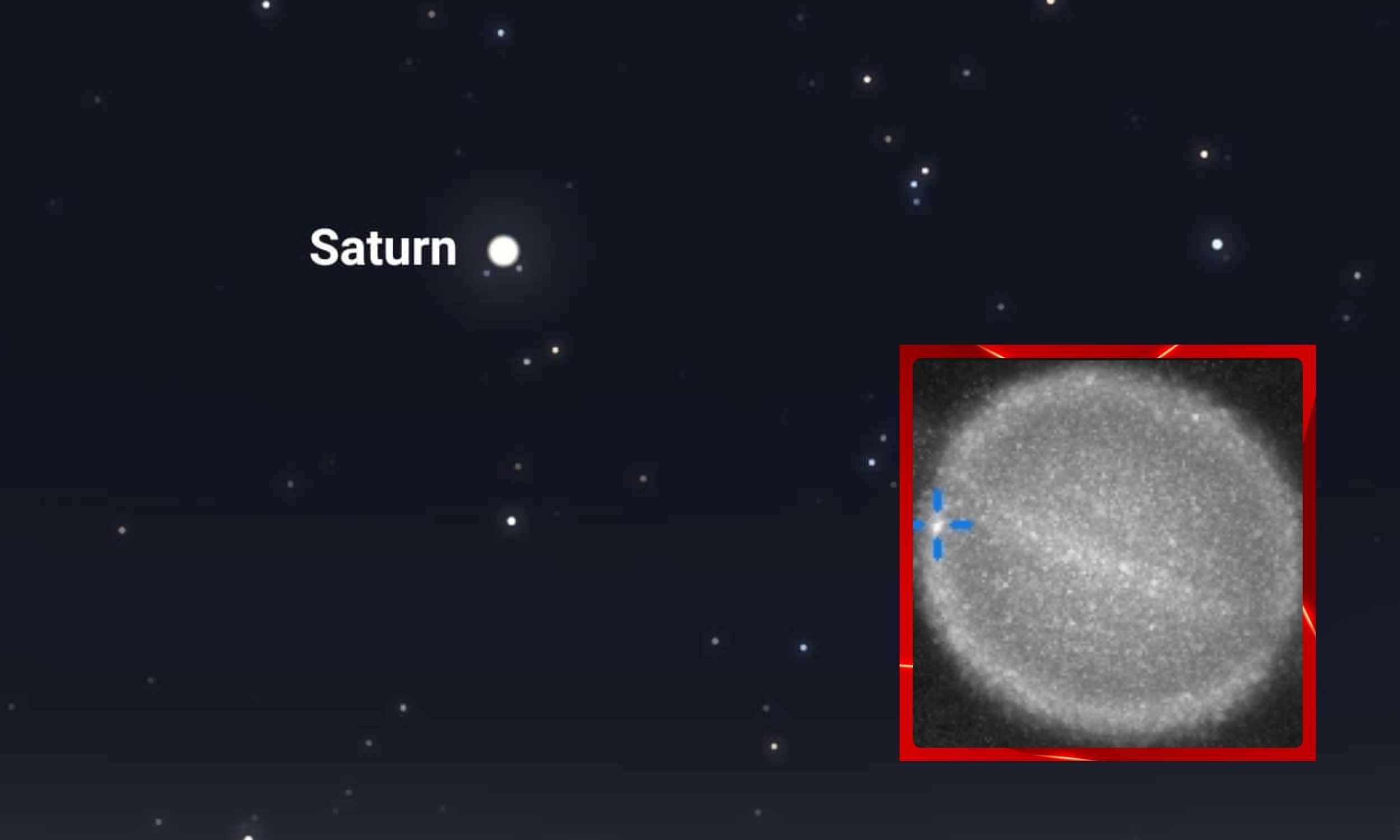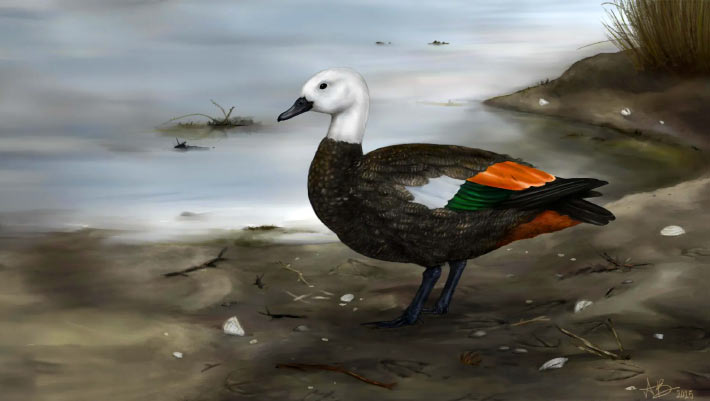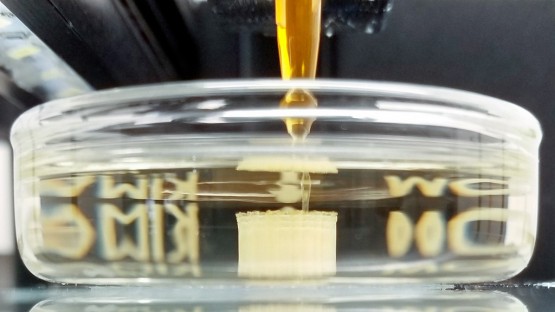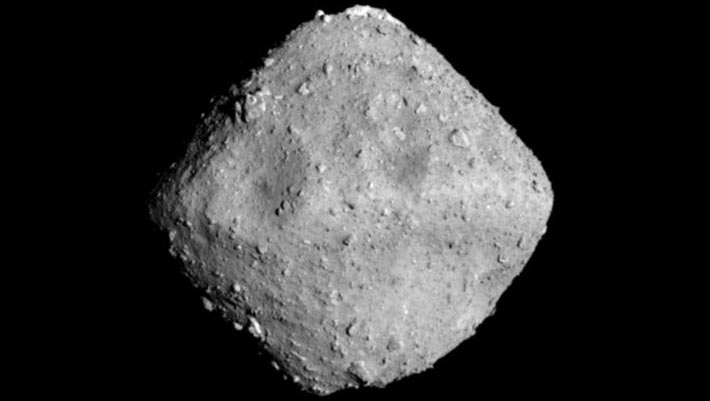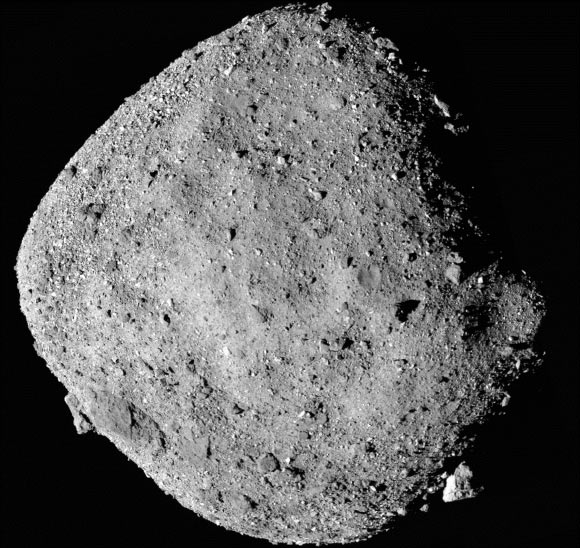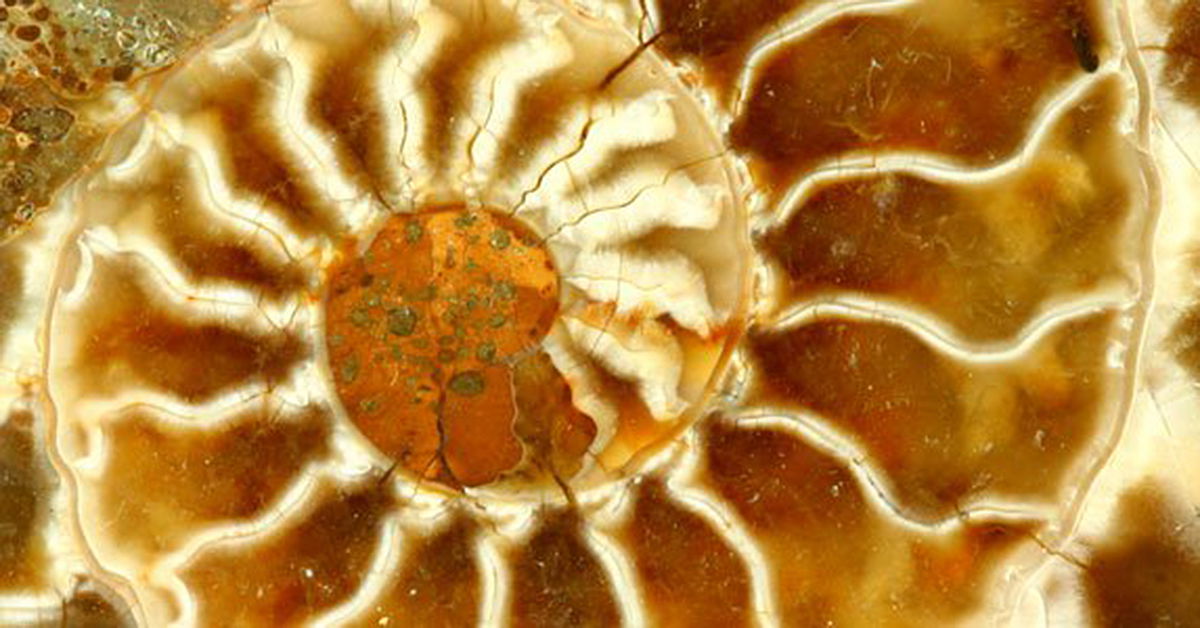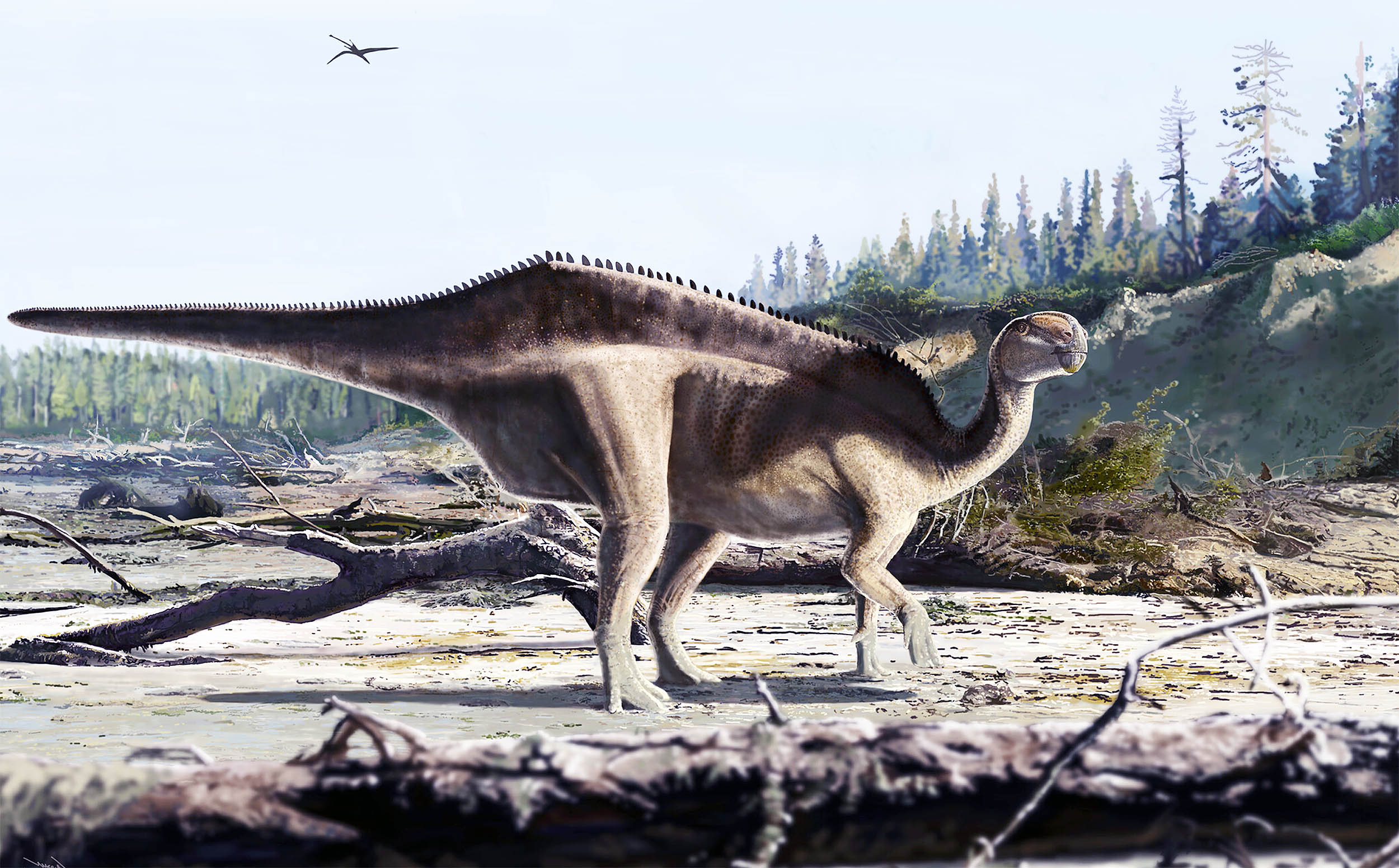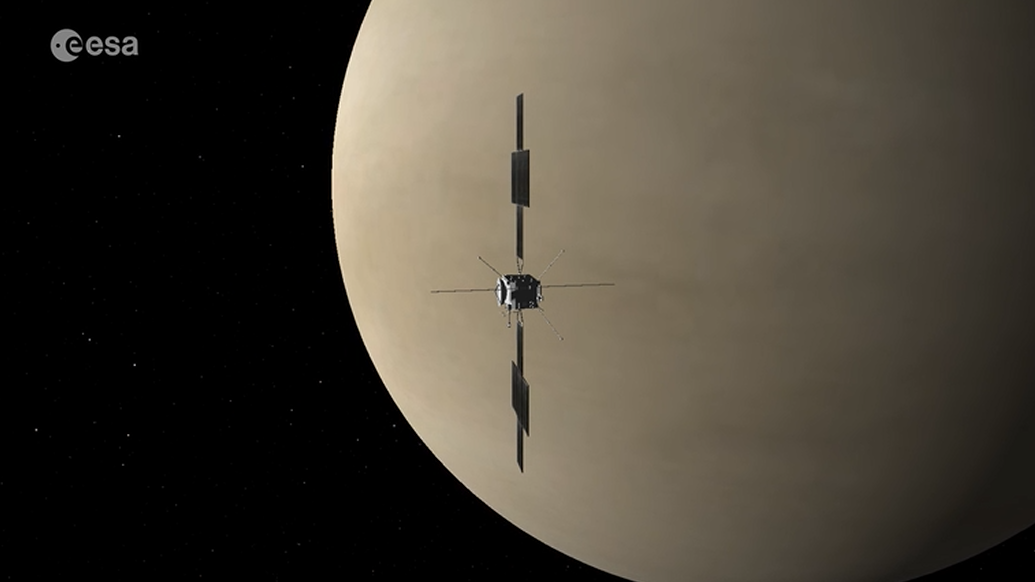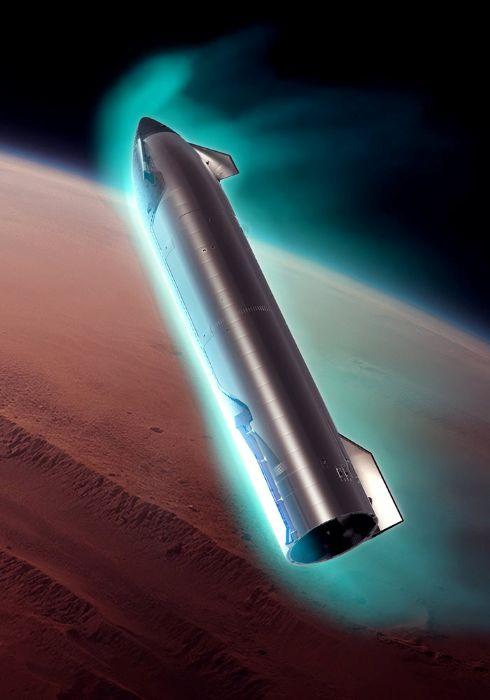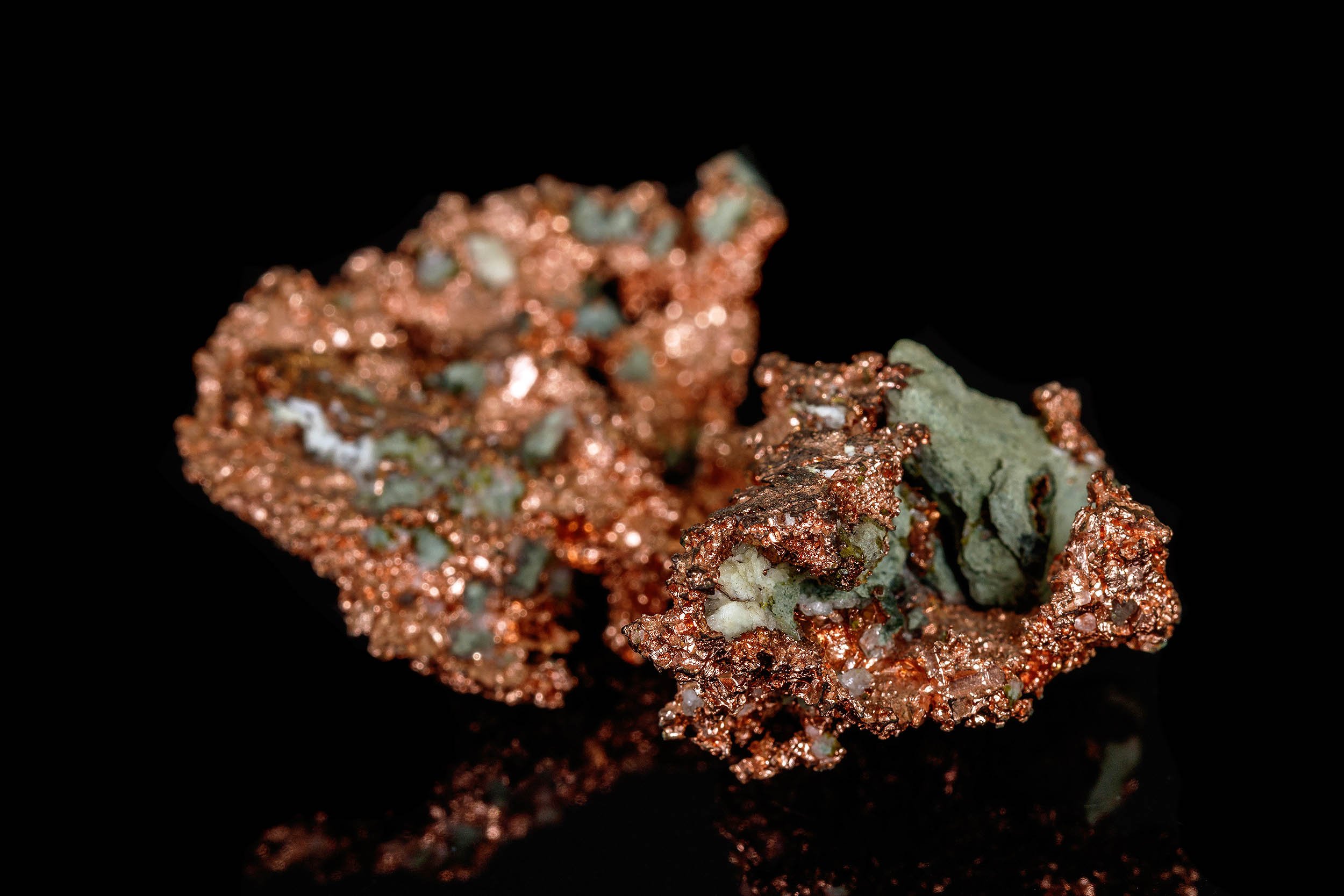The Discovery
I really enjoy hiking. When the conditions are perfect, like low humidity with temperatures in the mid 60s, how could anyone not want to get outside and take deep breaths of the fresh mountain air? Especially, when around the bend, really cool things are waiting to be discovered.
On one particular hike, I was enjoying the serenity of the moment when I observed something bright white in the distance. I squinted my eyes to see if I could discern what treasure lay ahead. It looked like a skeleton. As a forensic scientist, anything out of the ordinary is always worth investigating. I eagerly approached the “evidence.” A short distance off the right side of the trail lay a bright white, sun-bleached, disarticulated skeleton.
My investigative tendencies were kindled, and I hiked up to the remains. I studied the skeletal artifacts. The skull was intact and appeared to be from the deer kind. Though not a significant discovery, finding a partial skeleton naturally decaying is exciting for a forensic scientist. Unfortunately, there was not a complete skeleton, but that is relatively common. When something dies, animal predation will spread the skeleton up to 100 meters or more, resulting in scattered skeletal remains.1 As I continued to study the remains, I noticed residual skin and fur on the rib cage. I could see a few carrion beetles feeding on the residual tissue. Carrion beetles are an indicator of late-stage decomposition or that death occurred between one and three years ago.2 As I stood there, all I could do was be amazed at God’s rapid, efficient process of decomposition.
Now, very few people would stand over decomposing remains and reflect on the majesty of God. Yes, decomposition reminds me of human rebellion against God and mankind’s fragility. But at the same time, there is great mercy in the process of decomposition. In his wisdom, the Creator of the universe knew humans would disobey his commands (Genesis 3:6–7). He knew mankind would bring sin, disease, and death into his perfect creation (Genesis 3:17–19). And out of love for his creation, he established a process to break down dead things in a way that is so beautifully balanced, it mystifies the scientific world. Upchurch, in his article titled “Death’s Cleanup Crew,” describes this process.3
This discovery also reminds me of the commonality of death and decay. It is a certainty—everything living dies (Ecclesiastes 3:19–20). From dust to dust, God’s processes in creation are ever present.
Decoding Death
Within 10 minutes of death, under the right environmental conditions, the decomposition process begins.
Watching the beetles interact with the skeleton also reminded me of the rapid nature of decomposition. Within 10 minutes of death, under the right environmental conditions, the decomposition process begins. Insects move in and lay eggs in open orifices like the eyes, nostrils, ears, and wounds. The necrobiome, microbial communities like bacteria, begins to rapidly grow in the gut, and the tissues break down. The presence of oxygen, an aerobic environment, plays a key role in the rapid rate of decomposition, the degradation of DNA, and microorganism activity. For a death investigator, the race against time begins immediately at the point of death.
There are distinct, identifiable stages in this process called forensic taphonomy. Forensic taphonomy is the study of what happens to the body and how the environment impacts these processes between the death and discovery of human remains.4 The stages include autolysis, bloat, active decay, advanced decay, and skeletonization. Each stage can be affected by environmental conditions (warm temperatures speeds things up while cold slows things down); therefore, time frames can fluctuate.
- Autolysis begins at point of death. At this stage, cells break down and are digested by their own enzymes.
- Bloating occurs within the first 3–5 days. Bloating is the result of gas accumulation due to bacterial growth.
- Active decay begins one week after death. Characteristics of this stage include the release of body fluids, increased insect activity, and the spreading of decomposition to the surrounding area.
- Advanced decay begins one month after death. The decomposition process begins to slow because soft tissues are no longer present. Less to feed on results in fewer insects and bacteria.
- Skeletonization begins at the end of advanced decay, which is several months to several years after death. At this stage, the bones are exposed. During this stage, further decomposition of the hard tissues, like bone, continues.
The medicolegal community uses collectively the timing of the decomposition process, the insect activity, and the stages of growth in the necrobiome to approximate time of death and manner of death (natural, accident, suicide, homicide, and undetermined). But the examination and collection of data is truly a race against time. Decomposition is a rapid event, especially in warm temperatures. Investigators must work quickly to preserve the evidence, the biological clues, that point to the manner of death.
Submerged Secrets
What happens when water is involved? When living things die or are submerged in water, the cooler temperatures will often slow the stages of decomposition. A wet environment results in a very different decomposition process than what occurs on dry ground. One of the greatest challenges in this aquatic environment is postmortem predation. Predation is the attacking or plundering of one organism on another.
When something dead is breaking down in water, it attracts fish, insects, animals, and bacteria, all of which will feed on the body. If the organism is not enclosed, it will quickly become disarticulated and spread with the water current. And though the overall decomposition stages may be slowed by the cooler temperatures in water, once the body is removed from the water, the decomposition is accelerated even further.5 Once again, forensic scientists are always racing against the clock.
Capturing Life in Stone
After spending some time studying the skeletal remains, I continued my hike. When I first started my exploration, the objective was to observe some fossils. My thoughts redirected to how fossils are formed in comparison to open, exposed decomposing remains. Fossils are a very different type of evidence and result from a very different decomposition or taphonomy process, found in a very different layer in the earth, and point to a very different period in history—a catastrophic period that occurred about 1,650 years after creation in the event of the global flood.
Fossilized organisms, footprints, and trace evidence found all over the world occurred during the global flood as described in Genesis 7 (some fossilization also occurred during the post-flood ice age).
Another mile into the trek, I located the evidence: fossilized trackways or dinosaur footprints. For footprints to be preserved through fossilization, I know they must have been buried rapidly. Starting with God’s Word as my lens through which to view evidence, I can be confident in my analysis that the vast majority of fossilized organisms, footprints, and trace evidence found all over the world occurred during the global flood as described in Genesis 7 (some fossilization also occurred during the post-flood ice age).
Forensically, footprints in soil are one of the most fragile pieces of evidence we find in investigations. Soil granules can be easily altered by wind, human movement, and forensic lifting and preservation techniques permanently altering and often damaging the impression. These types of impressions must be handled with great care to preserve the details.
In contrast, fossilized footprints are more permanent. This is because of the process. A dinosaur stepped into soft sediment and created an indentation that was buried rapidly by other sediment. This rapid burial preserved and protected the print from being destroyed. The sediment must have been soft enough to capture the mold of the foot but hard enough to hold the shape. Other sediment fills the mold and hardens into rock, forming a cast. Though initially the trackways would have been filled in with sediment and not visible to the naked eye, through the process of erosion, the sediment that filled the footprints wears away, revealing the movement of these great animals during the global flood event.
But does this process of fossilization take millions of years as reported in secular literature? And what about all the marine fossils? The process of permineralization, the replacement of organic material with minerals, occurred in relatively short time post flood. Water is rich in minerals. As groundwater seeped into the soft tissues of buried organisms, the minerals filled the pore spaces. This is also an anaerobic environment, the absence of oxygen. These factors result in organisms turning into stone.
Can we date these fossilized footprints? Based on genealogies provided in the Bible, the global flood occurred approximately 4,500 years ago, and therefore, fossils found in sedimentary layers are less than 4,500 years old. I have always classified the fossil record as the largest forensic scene in history with billions of dead things, buried in rock layers, all over the face of the earth.
Have we witnessed firsthand rapid fossilization? Yes! Fossilized evidence discovered in the last 150 years—such as a permineralized miner’s hat, fence posts, etc.—have confirmed the process of fossilization is a rapid event and does not require millions of years.
Reconstructing the Past
Reconstructing the past presents challenges. Whether investigating decomposition in a forensic case or evaluating the process of fossilization, both methods fall into the realm of historical science. What is historical science? A forensic investigator arrives onto a crime scene. The crime scene holds evidence to an event from the past, an event that is unobservable in its original form. Therefore, they must use the evidence to interpret what may have happened and make assumptions about how the evidence is applicable to the case.
This is similar to fossils. When fossils are discovered, it is important to realize the scientist did not study the organism in its original form, did not observe the process of fossilization, and was not there to record the date, time, and length of fossilization. They interpret the evidence and make assumptions about the process and age of the fossil. When evidence falls into the category of historical science, a person’s worldview, or starting point, directly influences their analysis and conclusions.
When evidence falls into the category of historical science, a person’s worldview, or starting point, directly influences their analysis and conclusions.
To fill in the gaps, a forensic scientist will search for an eyewitness. An eyewitness can provide an investigator with a firsthand account (direct observation) of an event. And though human eyewitness testimony is not perfect, valuable information can be collected. This is an important point to consider when examining historical events, like the global flood, in the Bible. When we start with God’s Word, reconstructing the past is not as difficult. We have the only perfect eyewitness, Jesus Christ (Revelation 3:14), who was there at the beginning (John 1:1), was there for the global judgment (Genesis 7:16), and the Holy Spirit (who as part of the Godhead was also there at the beginning) inspired man to record his eyewitness account (2 Timothy 3:16) in his perfect Word.
Comparing the Tapestry of Decay and Preservation
In summary, when we compare decomposition and fossilization, we find some similarities, but it is the noticeable differences that result in very different outcomes.
Similarities
| Starting Point |
Both processes begin with death as a result of Adam and Eve’s disobedience of God’s commands in the garden of Eden (Genesis 3). |
| Timing |
Both processes are completed in days to decades (not millions of years). |
| Environmental Factors |
Both processes can be affected by the temperature, moisture, chemicals, and oxygen levels. |
| Soft Tissues |
Both processes result in the breakdown of soft tissues. |
| End Result |
Both processes are a reminder that all living things will die under the curse and that eternal life is only found in salvation through Jesus Christ. |
Differences
| |
Decomposition |
Fossilization |
| Environmental Conditions |
Common: Occurs in most environments |
Rare: Requires specific conditions (rapid burial, cool, dry, oxygen-free [anaerobic]) |
| Preservation |
There is a rapid degradation of the evidence. |
Rapid burial protects and preserves the evidence. |
| Hard Part (bones, teeth, shells) Degradation |
Hard parts will break down over time. |
Hard parts are preserved. |
| Location |
Surface ground or shallow subsurface |
Primarily deep sedimentary layers |
| Chemical Process |
Breakdown of organic material to inorganic compounds (carbon dioxide, water, etc.) |
Mineralization |
